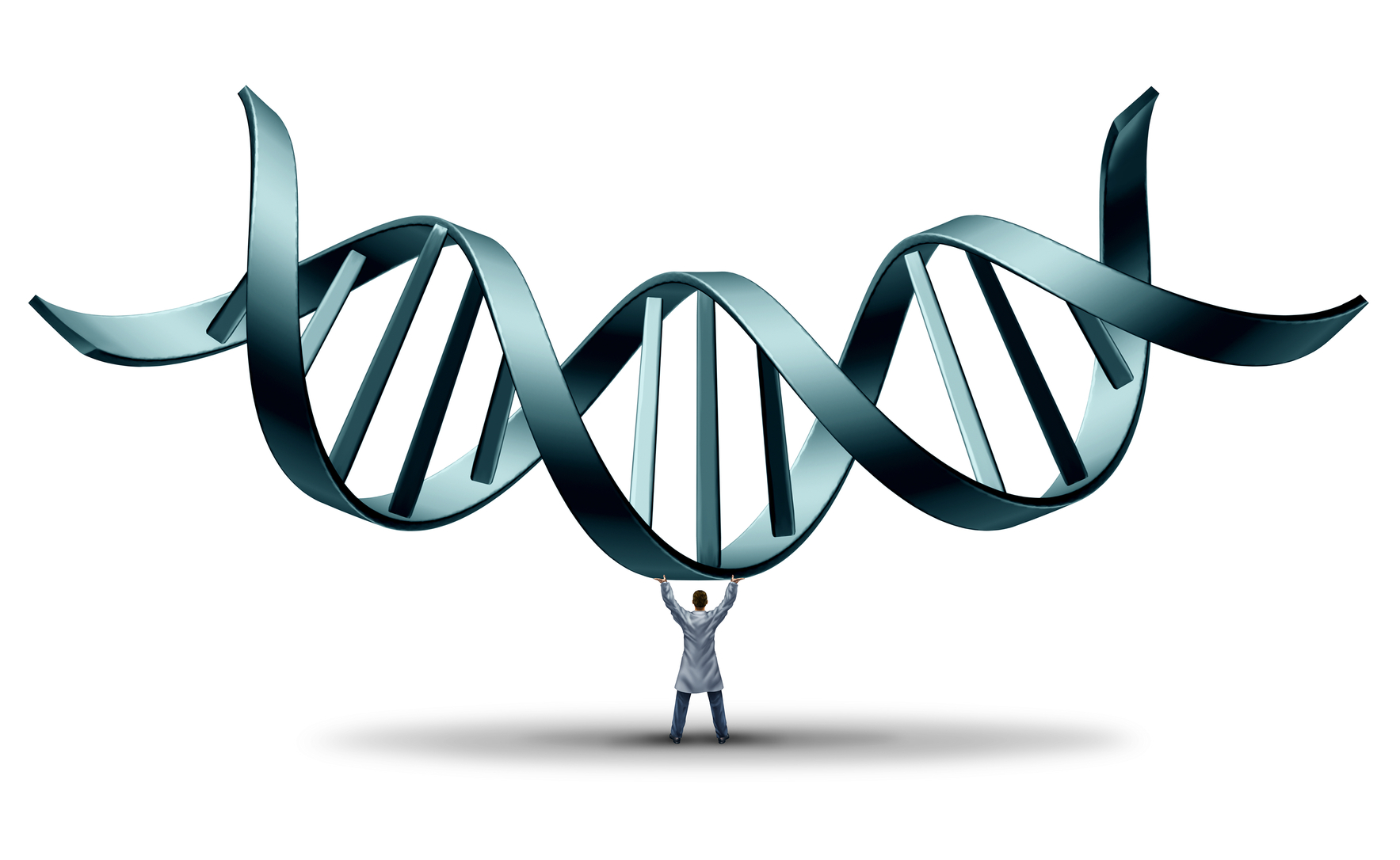
The human immune system is the most accurate patient record system in that it carries a history of all the pathogens an individual has faced. That information has previously been difficult for providers and researchers to access, but researchers at Finland’s Aalto University and the University of Helsinki recently announced they have used an AI model to help them “unlock” that data, which should yield greater insights into how the immune system works, as well as to help in the development of new vaccines.
As explained by a recent statement outlining the study, the learning immune system can be roughly divided into two parts: B cells, which are responsible for producing antibodies against pathogens, and T cells, which are responsible for destroying their targets.
"Although it is known that the role of T cells in the defense response against, for example, viruses and cancer is essential,” Satu Mustjoki, Professor of Translational Hematology, “identifying the targets of T cells has been difficult despite extensive research.”
An individual is estimated to carry more different T cell keys than there are stars in the Milky Way, making the mapping of T cell targets with laboratory techniques cumbersome.
T cells identify their targets in a ‘key and a lock’ principle; the lock is the T cell receptor on the surface of the T cell, while the key is the protein presented on the surface of an infected cell. The researchers on this study have previously studied profiled key-lock pairs, enabling them to create an AI model that can predict targets for previously unmapped T cells.
“The AI model we created is flexible and is applicable to every possible pathogen – as long as we have enough experimentally produced key-lock pairs,” said Emmi Jokinen, M.Sc. and a Ph.D. student at Aalto University. “For example, we were quickly able to apply our model to coronavirus SARS-CoV-2 when a sufficient number of such pairs were available.”
The researchers studied which T cells recognize common viruses such as influenza-, HI-, and hepatitis B -virus, and they also used their tool to analyze the role of T-cells recognizing hepatitis B, which had lost their killing ability after the progression of hepatitis to hepatic cell cancer.
Moreover, the researchers have figured out how the intensity of the defense reaction relates to its target in different disease states.
“In addition to COVID-19 infection, we have investigated the role of the defense system in the development of various autoimmune disorders and explained why some cancer patients benefit from new drugs and some do not,” added M.D. Jani Huuhtanen, a Ph.D. student at the University of Helsinki, about the team’s upcoming work with a new model.
The findings have been published in PLOS Computational Biology.


